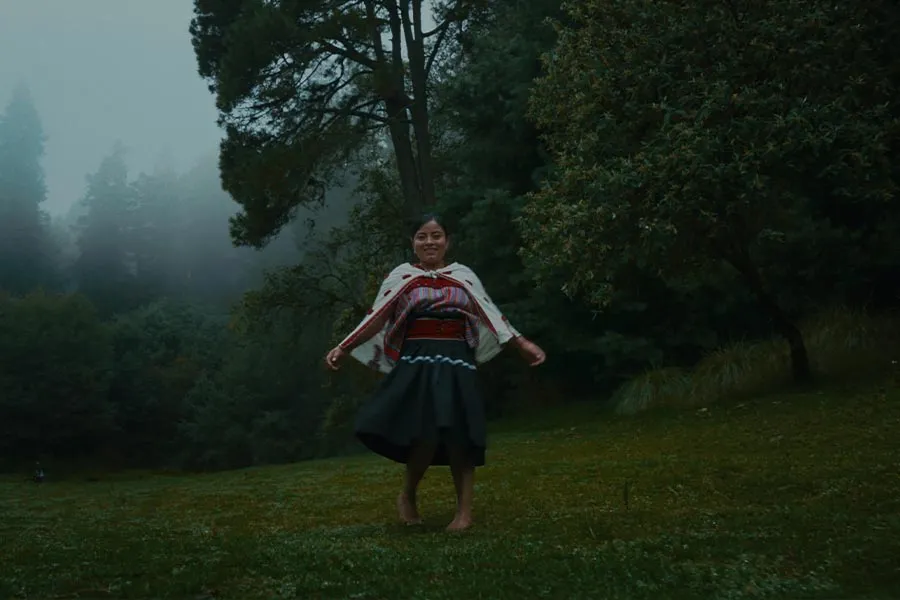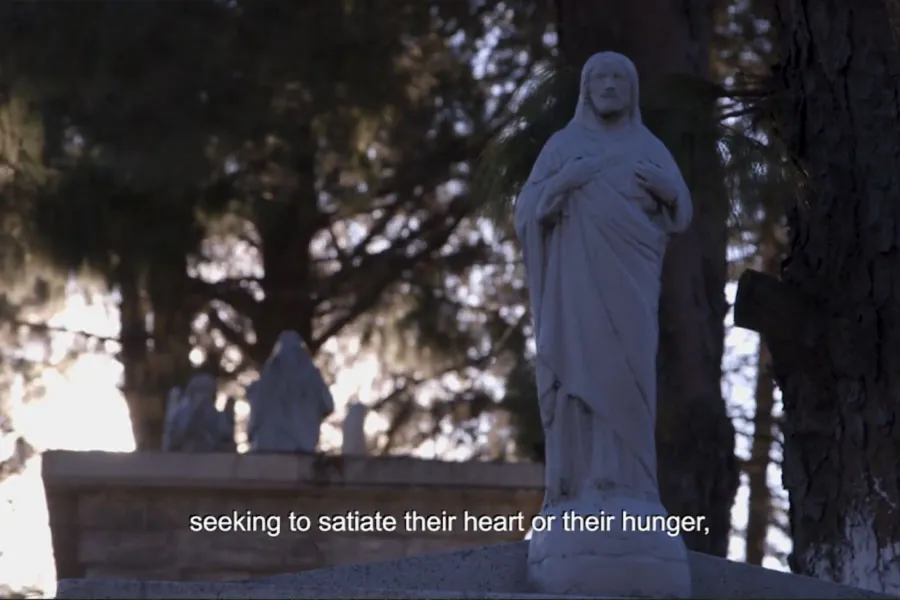48 students at the School of Humanities and Education on Tec de Monterrey’s Mexico City campus have produced three documentaries that aim to make an impact on society in partnership with Stanford Social Innovation Review en Español (SSIR).
The three groups of students from the Communications degree program have produced Hilos de la Tierra, Sensibilia, and Cruor. Respectively, these stories reflect the themes of appreciation of textile craftsmanship, the resilience developed through sensory photography, and the perspective of people living with HIV.
These productions were recognized and published by SSIR, reaffirming the publication’s belief that “we all have the power to inspire and create positive change,” said Carla Aguilar, deputy editor of SSIR en Español.
In October 2023, the magazine SSIR en Español went to the narrative documentary class and challenged students to create short documentary films in 5 weeks.
These short films were inspired by the UN Sustainable Development Goals. As a result, in addition to learning about audiovisual narrative in non-fiction films, participants depicted different realities and raised awareness about various social problems
Hilos de la Tierra: Where nature and culture intertwine
Directed by Nadia Chávez and Óscar Palacios, Hilos de la Tierra depicts the work of indigenous women and their deep connection with nature and their families.
The film highlights the importance of recognizing and valuing the ancestral skills and knowledge of these women, who keep their culture and traditions alive through colorful creations
“We want to convey an appreciation for the art of hand embroidery from Esmeralda’s perspective and the value, both human and artistic, of her discipline,” shared director Óscar Palacios.

Cruor: A call for help and the crisis of drug shortages
Cruor is a story that denounces the serious shortage of anti-retroviral drugs in Mexico.
The film’s mission is to raise awareness about the importance of an inclusive health system, to give a voice to those who suffer in silence, and to bring about real change in society.
“The whole point of Cruor was to make you feel uncomfortable, and to try to challenge the idea of what HIV is,” said the film’s director, Aislynn Velasco.
Sensibilia:Going beyond sight
Sensibilia takes viewers on a journey through the daily struggles of visually impaired people, showing how they overcome barriers using their inner strength and determination.
The documentary features Alejandra, a Mexican woman who has been blind since birth, whose story allows the audience to observe how she found a form of expression and connection with the world through photography.
This production provides a human perspective on visual impairment and aims to connect the audience with Alejandra’s story through the way she sees the world.
“Life is not experienced through just one sense, but through all of them. It enriches the human experience,” said director Fernanda Sánchez, in a broadcast for SSIR en Español.

From theory to practice: The responsibility of telling a person’s story
For the directors, collaborating with the Stanford magazine was an enriching experience that opened doors for them to reach a broader audience and provide greater visibility to the stories depicted.
However, they agreed that wider recognition also created considerable challenges due to the sensitive nature of the topics addressed and the need to respect the privacy of the participants. This required sensitivity and creativity on the part of the directors.
“This was an opportunity to present a real story to the audience without idealizing or romanticizing the situation, but rather as a reminder that the best form of resistance is to have a voice,” concluded the creator of Cruor.
“Presenting a true story was a reminder that the best form of resistance is to have a voice.” - Aislynn Velasco.
READ MORE:





